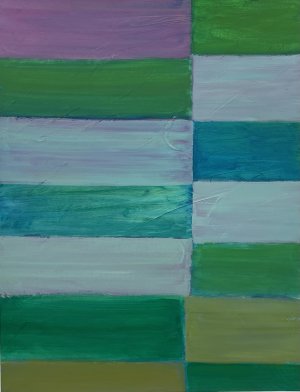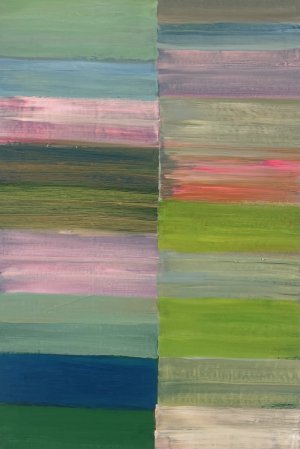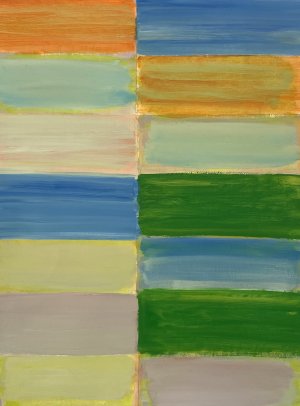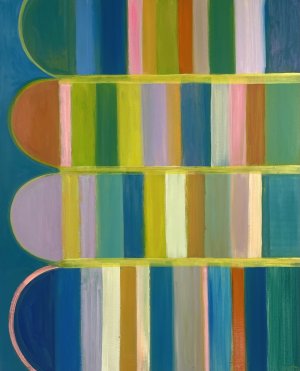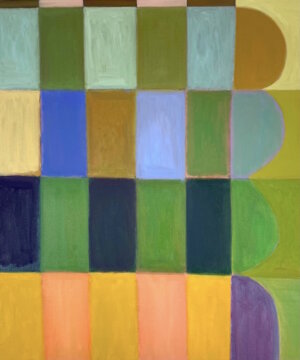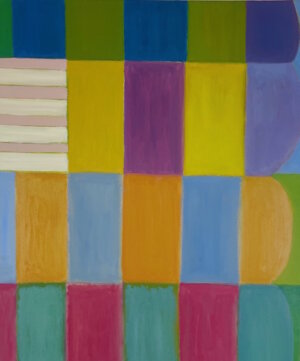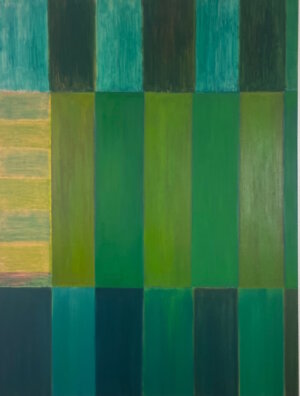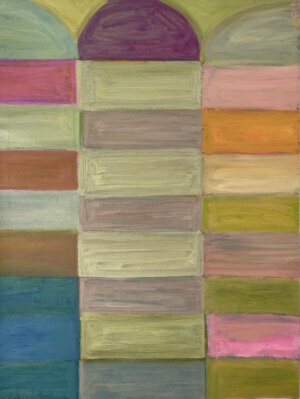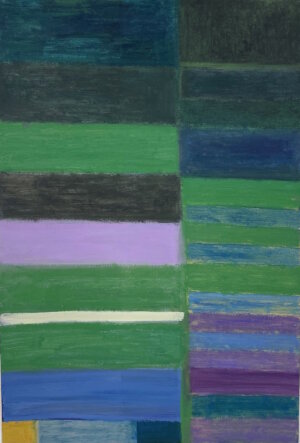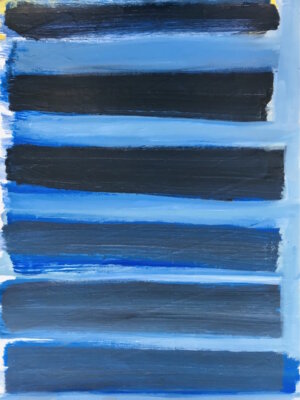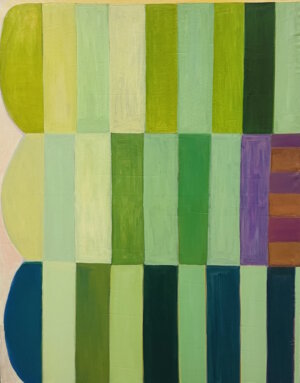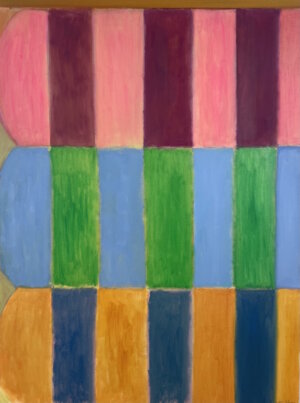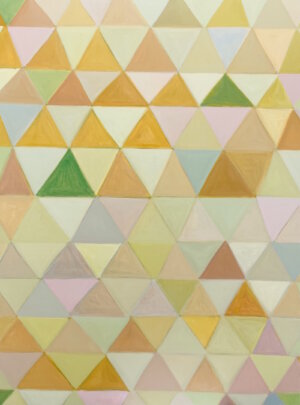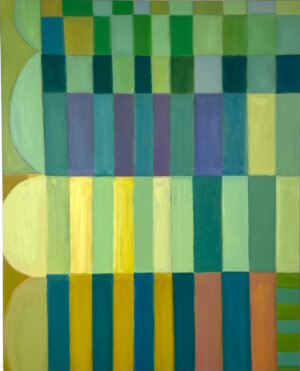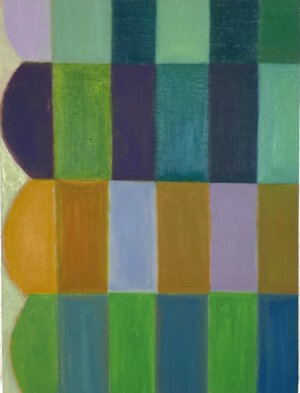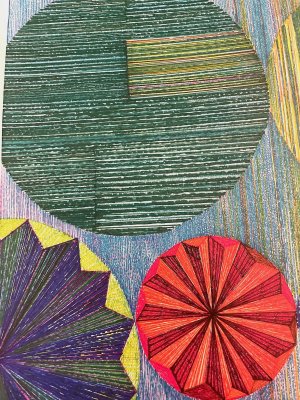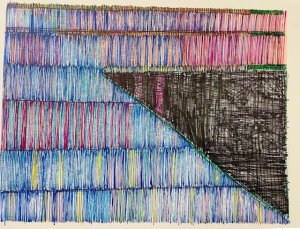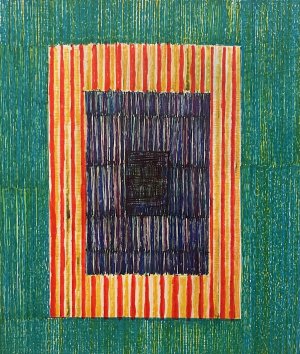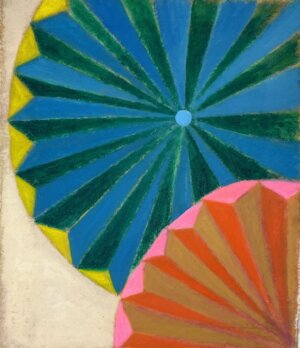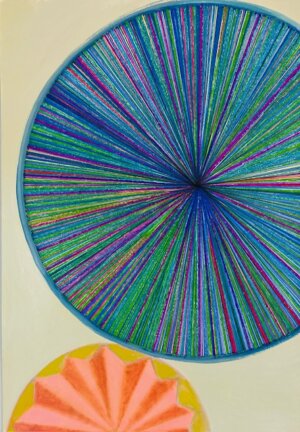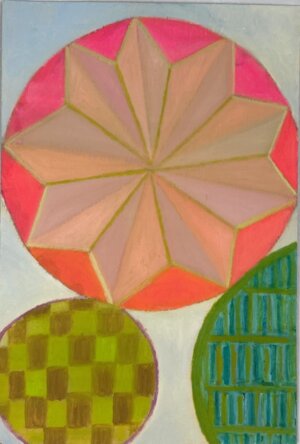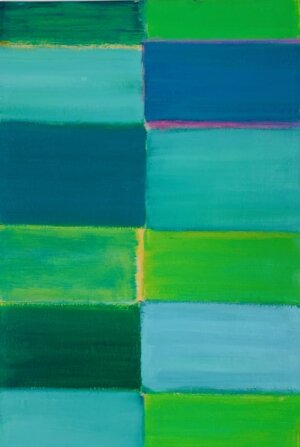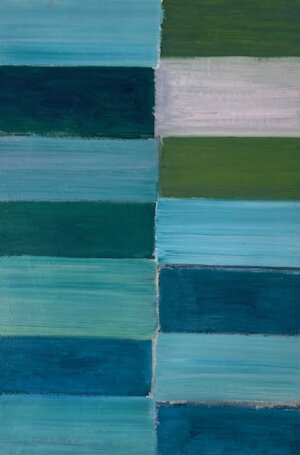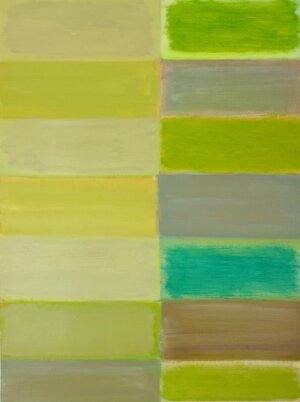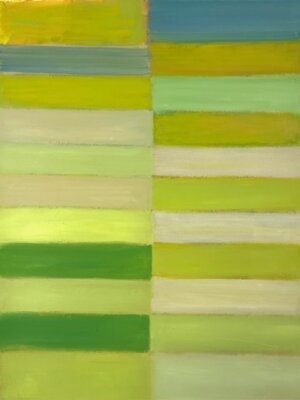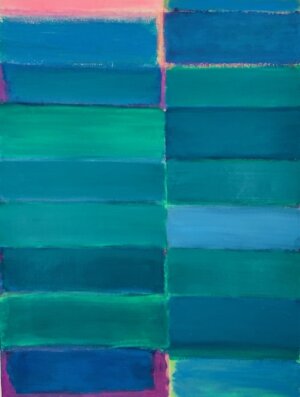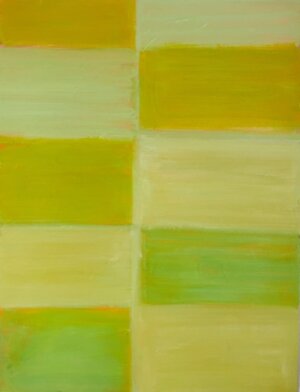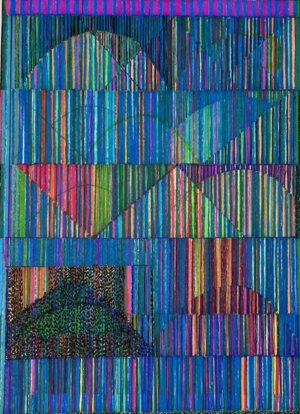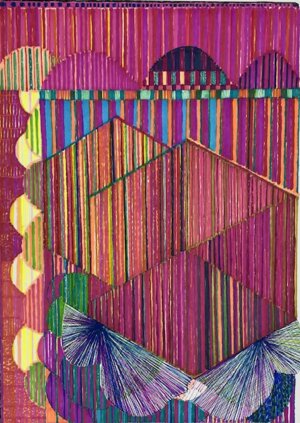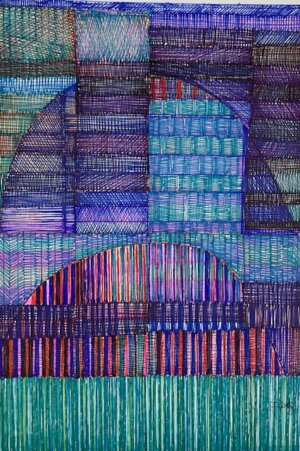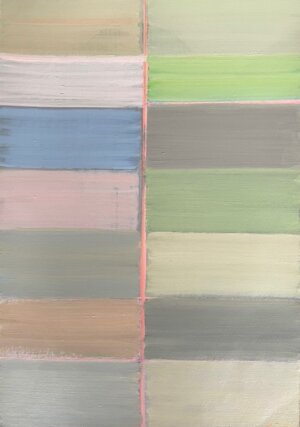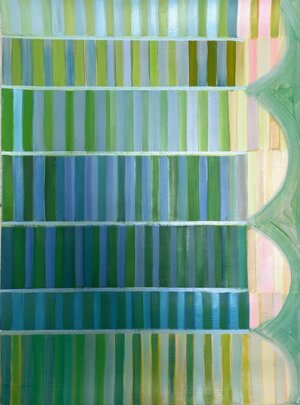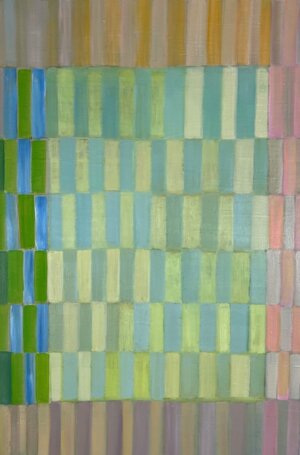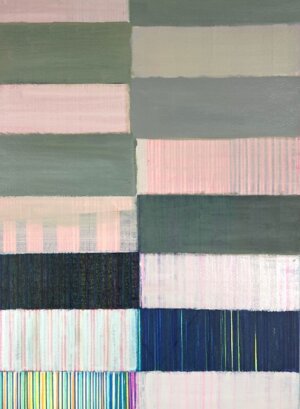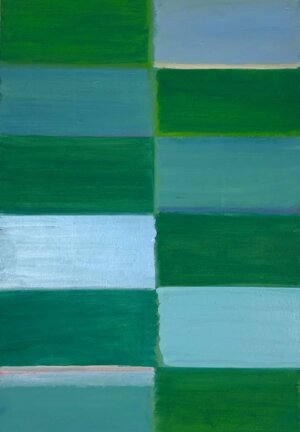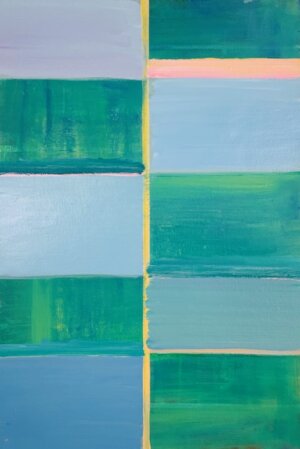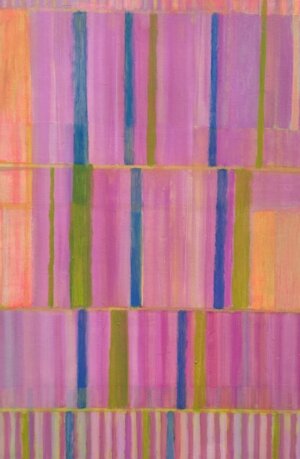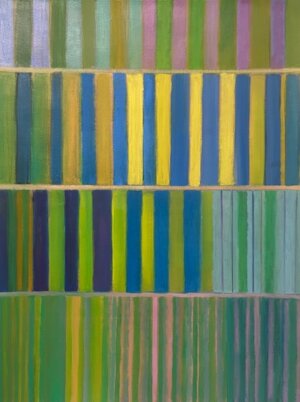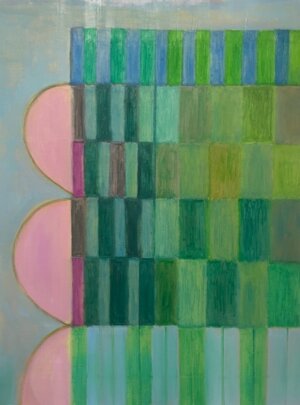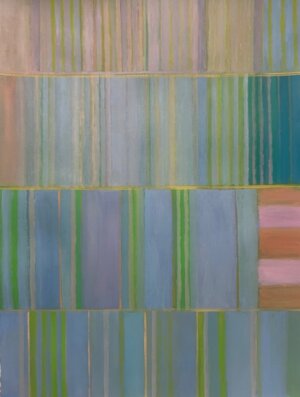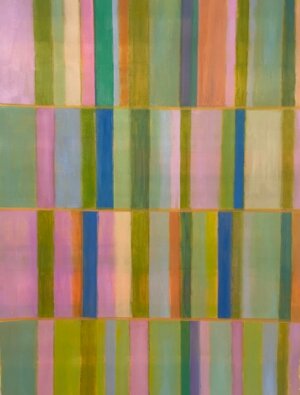Cameron Sands
Cameron Sands was born 1974 and raised in Texas. In 1997, he began experimenting with painting after a summer job at the Museum of Fine Arts Houston. That same year, he saw an image of Eva Hesse’s Addendum (1967) in a magazine editorial. It forever left him with a sense of inspiration and provided a purpose to explore further into art and design.
Sands’ first paintings completed in Austin led him to hold a solo show of portraits. He moved back to Houston, where he began assisting family and friends at the Sicardi Gallery in 2000. He enrolled in art classes at Houston Community College, followed by studio classes at the University of Houston. He studied in the painting program prior to accepting his secondary teaching position.
The experience in formal art studio classes was wonderful, as well as teaching students in school. He considers a self-taught foundation to be the strength in driving his choices. Sands often works with a mixture of materials, but painting is still his foundation. After fourteen years of teaching art in secondary school, he began to focus on his own professional studio practice.
Sands has had the opportunity to exhibit work in various solo and group shows, as well as collaborate with dance and theatre productions. Teaching programs at the School of the Art Institute of Chicago and Maine College of Art have helped in his development. As he begins the next phase of his career, Sands looks forward to more projects that challenge him and help his growth as an artist.
Since 2017, his home and studio have been in College Station, TX.
ARTIST STATEMENT:
“My work is a personal reflection on transformation. There is a beginning structure comprised of line. I use a number of basic design principles and alter them. Different directions with curves and angles create shapes and forms. Colors exist in a variety of ways. Patterns reveal the cyclical nature of things. My process includes literal modifications, as well as symbolic representation.
As I build upon a framework, I will allow accidents to occur and then adjust to bring it together. I gravitate towards the imperfections and contradictions, as they allow me to free up and move forward. I am drawn to the subtle and unexpected ways that we can adjust our perspective. This is an area of great interest and is reflected in the quiet layers of change in each piece. It may be the most ordinary of things that catch my attention. By capturing a sort of progression in the simple steps, I am presenting a means to celebrate possibility. Objects, spaces, and imagery find their way into my development. I include a number of influences, from music, dance and cinema to architecture and nature. The sounds and rhythms, for example, of a jazz composition or exterior landscape form a relationship that I try to emulate little by little. Visual instruments join one another to hopefully produce a heightened experience. These are moments that provide inspiration for me. They are like doors opening up to new discoveries.”
